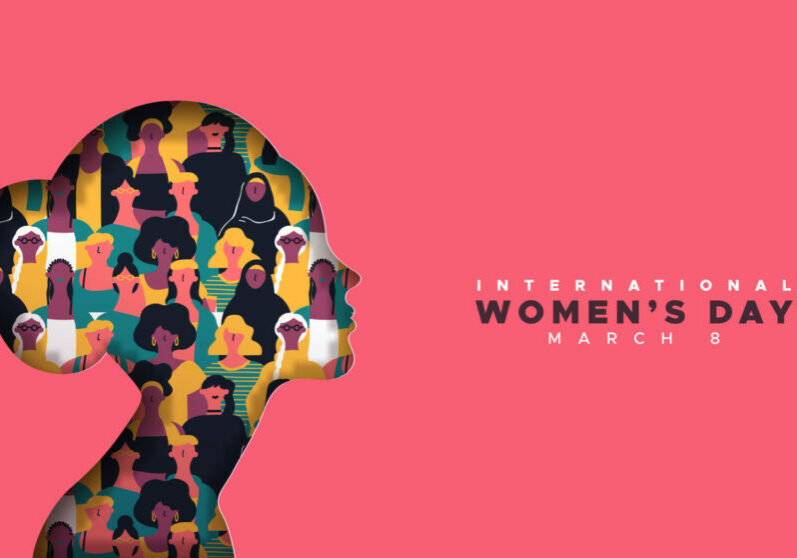International Women’s Day is a global celebration held annually on March 8th to commemorate the social, economic, cultural, and political achievements of women. The day also serves as a call to action for accelerating women’s equality and promoting women’s rights.
The origins of International Women’s Day date back to the early 20th century when women in the United States and Europe began advocating for equal rights, including the right to vote. In 1909, the Socialist Party of America declared February 28th as the first National Woman’s Day, which was later adopted by the International Socialist Conference in 1910 as an international holiday .
Today, International Women’s Day is celebrated in many countries around the world, with events and activities aimed at promoting women’s empowerment, equality, and justice. The United Nations, for example, has sponsored International Women’s Day since 1975 and has designated the day as a national holiday in many countries.
This year’s theme, “Accelerate Action,” emphasizes the need for swift and decisive efforts to break down barriers and biases that women face in their personal and professional lives. Despite progress made in recent years, women and girls around the world continue to face significant challenges, including:
Gender-based violence: Women and girls are still vulnerable to violence, harassment, and abuse in their homes, communities, and workplaces.
Unequal pay: Women continue to earn less than men for the same work, perpetuating the gender pay gap.
Limited access to education and healthcare: Women and girls in many parts of the world lack access to quality education and healthcare, hindering their ability to reach their full potential.
However, to address these challenges, it’s essential to accelerate action towards achieving gender equality and some steps are required:
Empowering women and girls: Providing them with access to education, healthcare, and economic opportunities to enable them to make informed choices about their lives.
Challenging systemic barriers and biases: Addressing the root causes of gender inequality, including discriminatory laws, policies, and practices.
Promoting women’s leadership and participation: Encouraging women to take on leadership roles and participate in decision-making processes to ensure their voices are heard.

